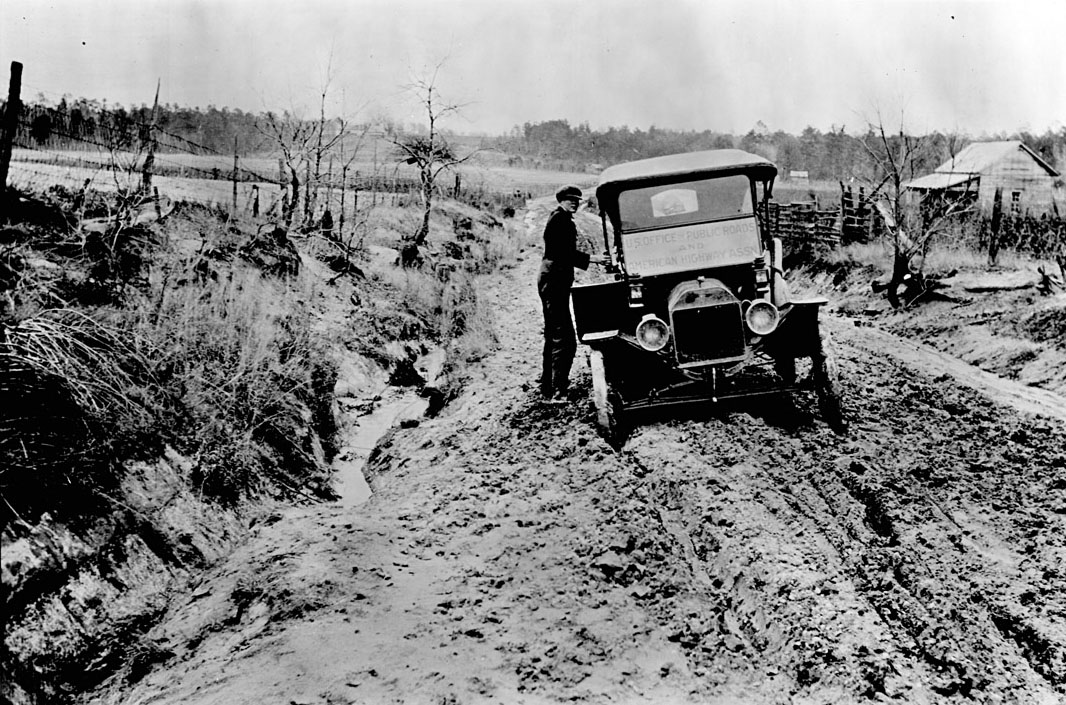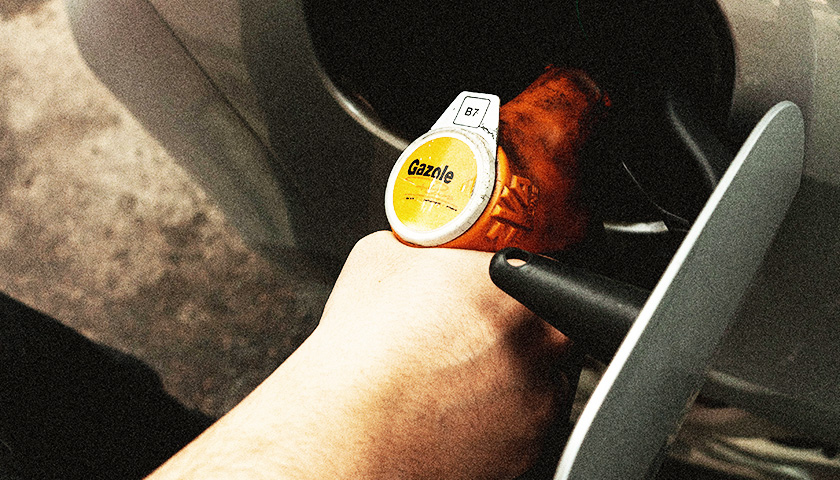Tennessee has paid for highway construction and maintenance with a gas tax since 1924, when a 2 cent per gallon tax Gov. Austin Peay proposed and the General Assembly passed the previous year went into effect.
At the time, Tennessee’s roads were so poor the Volunteer State was often referred to as a “detour state,” according to the Tennessee Department of Transportation website:
Tennessee’s funding resource for transportation is called “dedicated funding,” because the funding resource is directly related to the service or product provided. That philosophy began in 1923 when Governor Austin Peay recommended to the state legislature the burden of highway improvements be transferred from property owners to motorists to fund faster work on state highways.
During the 1920’s, Tennessee had become known in the southeast as a “detour state” because it hadn’t kept up with road improvements like sister states. The first gas tax of two cents was passed and enacted in 1924 specifically for highway purposes.
Peay, who was the only Tennessee governor to die in office, put the revenue generated by the gas tax to good use, as the Tennessee Encyclopedia of History and Culture notes:
By the time of his death in 1927, Tennessee’s system of paved roads had expanded from 244 miles to over 4,000 miles, with a paved highway connecting Memphis and Bristol, four paved routes that crossed the state north to south, and seventeen new bridges over major rivers.
In 1924, the price of gas was 11 cents per gallon, so the 2 cents a gallon state tax was almost 20 percent of the cost paid at the pump by the average consumer in Tennessee.
Since then, the gas tax has steadily increased, and the price of gas has increased to a current average price in Tennessee of about $2.25 per gallon.
A year later, in 1925 the Tennessee state tax jumped to 3 cents per gallon, then 5 cents per gallon in 1929, and 7 cents per gallon in 1931.
In the half century between 1931 and 1981, however, the tax did not change at all. That year, the state government increased it slightly to 9 cents per gallon.
But in the decade of the 1980s, the tax skyrocketed, from 9 cents per gallon in 1981 to 20 cents per gallon in 1989.
An additional 1.4 cents were added to the tax subsequently for “a special petroleum fee,” but other than that, the tax has remained stable for 28 years.
That all could change with Gov. Haslam’s proposal to increase the tax from 21.4 cents per gallon to 28.4 cents per gallon.
The gasoline tax increased from 2 cents per gallon in 1924 to 20 cents per gallon in 1989, as this chart shows:
YEAR TAX (per gallon of gasoline)
1924 .02
1925 .03
1929 .05
1931 .07
1981 .09
1985 .12
1986 .16
1989 .20
Taxes on diesel fuel were first imposed in 1941, when a 7 cents per gallon tax was imposed. That jumped to 8 cents per gallon in 1963, the 12 cents per gallon in 1981. By 1990, it had increased to 17 cents per gallon.
In Fiscal Year 2016, the Tennessee Department of Transportation broke down the uses of the the state’s 21.4 cent per gallon gas tax as follows:
21.4 cents per gallon (20-cent gasoline tax + 1.4-cent special petroleum fee)
The gas tax revenue for FY 2016 was $657,787,157
Each penny is worth about $32.9 million per year
How the tax is divided (2016-17 budget):7.9 cents, or $249.5 million, goes to cities and counties
0.7 cents, or $23.1 million, goes to the State General Fund
12.8 cents, or $404.1 million, goes to TDOT
The $404.1 million is included in TDOT’s total state revenue of $844,556,000 and is used in three basic ways to accomplish TDOT’s mission:Resurfacing, bridges, major reconstruction, new construction, consultant contracts, right-of-way purchases, and to match federal funds
Highway maintenance contracts
Basic operating costs
“The amount TDOT has for use is smaller each year due to TDOT operational and maintenance cost increases each year,” the website says.





